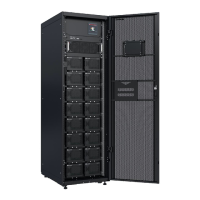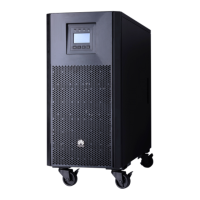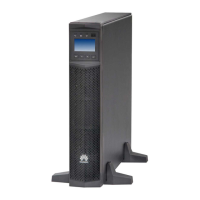Figure 7-5 Starting a shallow discharge test
When the battery test is completed normally, the test data is used as common test data.
Record the data obtained from the latest ve tests.
The shallow discharge test automatically stops in any of the following cases:
● The battery discharge capacity reaches the specied value (10%–50%, 20% by default).
● The discharge voltage reaches the warning threshold (calculated in real time).
● The load rate uctuation exceeds 10%.
● A fault alarm is generated.
----End
7.2.2.3 Performing a Capacity Test
Context
This item allows you to fully discharge batteries. A deep discharge test is
conducted to obtain the battery discharge performance data.
Before performing a capacity test, ensure that:
● If the battery has been replaced, choose System Info > Settings > Battery
Settings on the LCD and verify that the value of Installation time has been
changed based on the actual situation.
● The UPS is working in normal mode; oat charging or hibernation has lasted
for 2 hours after the SOC reaches 100%; the load rate uctuation is less than
10%.
● The UPS does not generate any battery overtemperature, overvoltage, or
overcurrent alarm. No generator is connected to the UPS.
● The mains, batteries, charger, and discharger are normal. No overload alarm is
generated.
SmartLi 3.0
User Manual (Short-Term Backup Power) 7 Maintenance
Issue 10 (2024-01-31) Copyright © Huawei Digital Power Technologies Co., Ltd. 148

